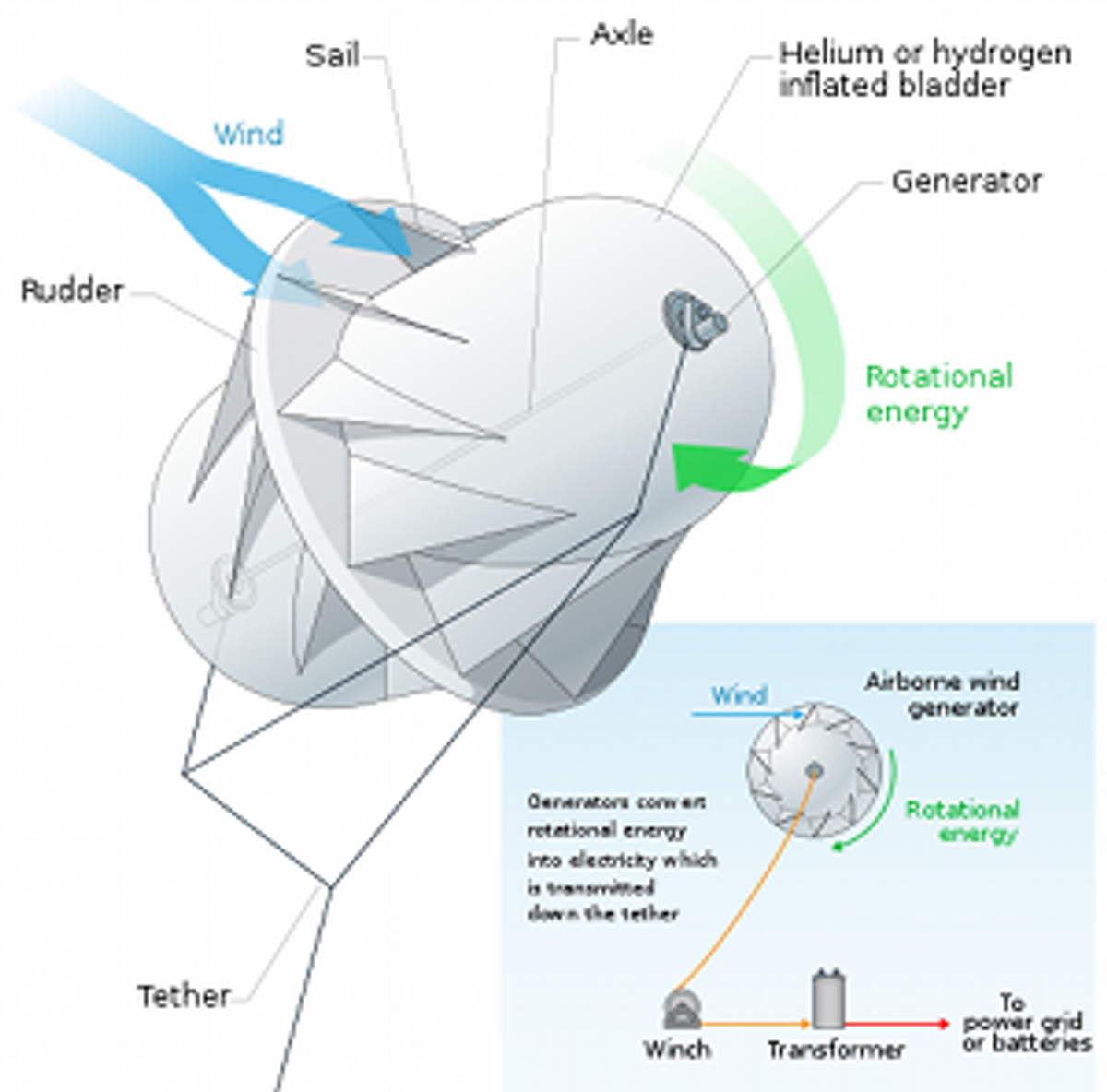We’ve noted before the ongoing efforts to harness high-altitude wind power. Generally, though, the designs currently being tested and deployed on small scales don't fly high enough to take advantage of the most consistent and impressive of wind forces, the jet streams. Some scientists have touted these very high altitude wind energy sources – between 7 and 16 kilometers above the surface – as shockingly plentiful; one paper in 2009 said it contained about 100 times the total global energy demand.
A new paper, though, published last week in a journal called Earth System Dynamics, throws a bit of cold water on the jet stream as an energy source. Axel Kleidon and colleagues from the Planck Institute for Biogeochemistry in Germany found instead a “peak potential for electricity production of 4.5 [terawatts].” The global energy use is in the vicinity of 17 TW per year, so we’ve clearly come down a bit from those earlier estimates.
The new paper explains why the high jet stream extractable power estimates may have been wrong:
“The contradiction originates from the erroneous assumption that the high wind speeds of the jet streams result from a strong power source. It is well known in meterology that jet streams reflect quasi-geostrophic flow, that is, the high wind speeds result from the near absence of friction and not from a strong power source.”
Not only that, but actually extracting the energy from the jet streams would result in significant alterations to the climate, the researchers wrote. This is due to an “increase of heat transport across the jet streams in the upper atmosphere,” and results could be catastrophic. As first author Lee Miller said in a press release: “Such a disruption of jet stream flow would slow down the entire climate system…. This results in drastic changes in temperature and weather.”
This all sounds dire enough, but it is notable that no one is currently prepared to extract terawatts of power from 10 miles up in the air. Schemes to actually do so would be amazingly expensive and technically challenging, as macro-engineering projects generally are. Still, some research is going forward on how to do it, as it should – any and all renewable energy ideas deserve a fair shot at the moment.
(Image of one of many airborne turbine designs via James Provost/Wikimedia Commons)
Dave Levitan is the science writer for FactCheck.org, where he investigates the false and misleading claims about science that U.S. politicians occasionally make.



